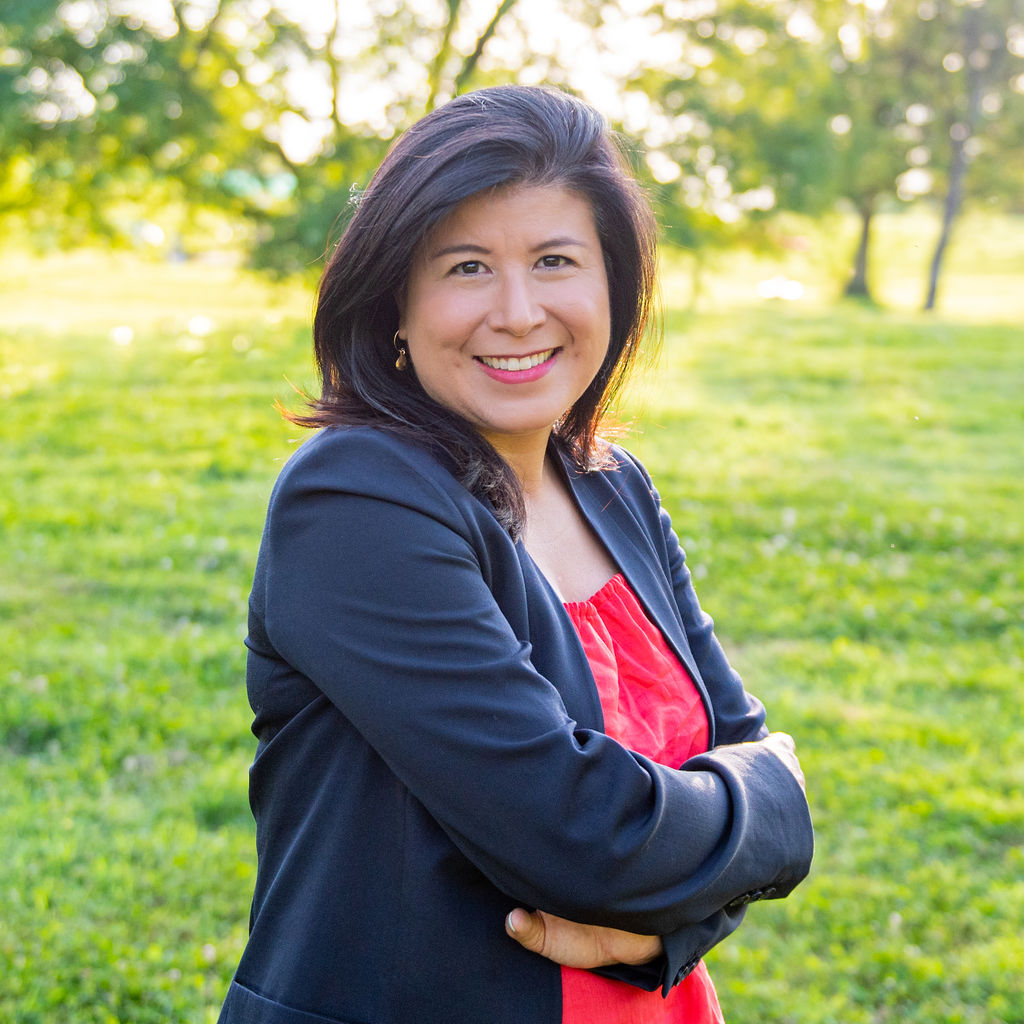For more than 10 years as a hiring manager in the news business, I got tired of seeing the same problem.
It is not hard to find diverse candidates for entry-level jobs, but when it comes to hiring reporters for more specialized beats and roles that command top salaries, white men dominate the candidate pool. Just think about the majority of reporters who cover the Fed, energy, crypto, health care policy, politics — just to name a few. You get a pretty clear picture.
The hard truth about building a diverse workforce in news is that old approaches don’t work.
I suggest we start by treating diversity like any other business challenge: Define the problem we’re trying to solve. Come up with a plan to solve it. And hold ourselves accountable.
Here’s what we’re doing at Axios: We decided that if we couldn’t find enough diverse candidates for specialized beat reporting jobs, we’d develop the talent ourselves.
Soon we’ll be announcing we hired our first cohort of four journalists who will spend a year in a new fellowship, honing their skills to become a health care reporter, a climate reporter, a world news reporter and a race/justice reporter*. We can’t promise to hire the fellows at the end. But we do offer something sorely lacking in newsrooms: intentional opportunity to get to the next level. Our goal is that they will get multiple job offers by the end of their time with us.
Four jobs aren’t going to change the bigger picture overnight. Many other newsrooms have started similar programs, partnering with HBCUs and other groups. All together, this is a promising start to identifying a weakness inside our newsrooms, and a small part to help the industry as a whole.
As journalists gather in person this year at journalism conventions for the first time since the pandemic, it’s a good time to pick up the conversation about fresh ideas to ensure our newsrooms represent the communities we cover.
Here are a few more ideas of where we, especially news leaders, can do more:
- Admit your blind spots. Start meaningful, candid conversations with your newsroom about specific ways to improve instead of being defensive about what hasn’t yet been done or pointing only to achievements in the past. There’s always more work to do. So try and get consensus around a priority list of goals that are achievable.
- Think broadly about diversity. To some, doing better at “diversity” gets poorly translated as hiring more Black journalists. Diversifying your staff shouldn’t be defined only by race/ethnicity/gender and LGBTQ representation – although that is a big part of it. More broadly, it means filling in the holes in what the team brings to the coverage and admitting where you lack experience or authority. In many newsrooms, that is covering communities of color. But not always. For example, on one of our small teams, we recently talked about how even though we had racial diversity on staff, every person on the team was a single woman without kids who lives in a big city. That’s a problem. The team said they knew they weren’t capturing how to cover issues that affect parents or men, for example. On another team, a bonus for one job candidate was that she lived in the rural South and we already had journalists who lived on the East and West coasts and the Midwest.
- Stop relying on others (i.e., your “diverse” journalists) to do the hard work for you. The reality is that a lot of people get into the hiring pool because they are connected to employees who already work there. So take stock of your own professional network. A simple exercise: Take a look at your “connections” on LinkedIn. It’s eye-opening to see it with a lens of how diverse your network really is. This simple exercise is a good way to start to understand the formal and informal ways you are already tapping your network when you hire. Now, the question is, how do you grow it into new places that will help you and the news organization you lead to get the talent that you need?
- Commit to small goals to intentionally reach out to new people. Here are some ideas: Make a running list of talented journalists who work elsewhere whom you like to meet. Make a goal to reach out to a new person once a week. Got a cold call or email from a journalist looking to connect? Respond to the email or pick up the phone. What’s the worst thing that can happen? You lost 10 minutes of your life? I doubt it.
- Get acquainted with a new journalism group. Now’s a good time, with conventions back in-person, to meet new people. I know this is intimidating, especially as we’re more awkward than ever about socializing. But go with a colleague who can make introductions and help out in the recruiting booth. Attend the social events. People will notice you’re there and, one by one, you’ll get more comfortable and make connections.
I see more women and more journalists of color leading news organizations in my lifetime, and I’m eager to see how that shapes newsrooms now and in the future. Change at the top holds promise to make a difference. But it’s also time to get real and set goals we can actually achieve — even if we start small.
*Axios fellowship begins in September 2022. Axios founders Jim VandeHei, Mike Allen and Roy Schwartz funded the program with their book advance from “Smart Brevity,” a book about effective communication, publishing this fall.







